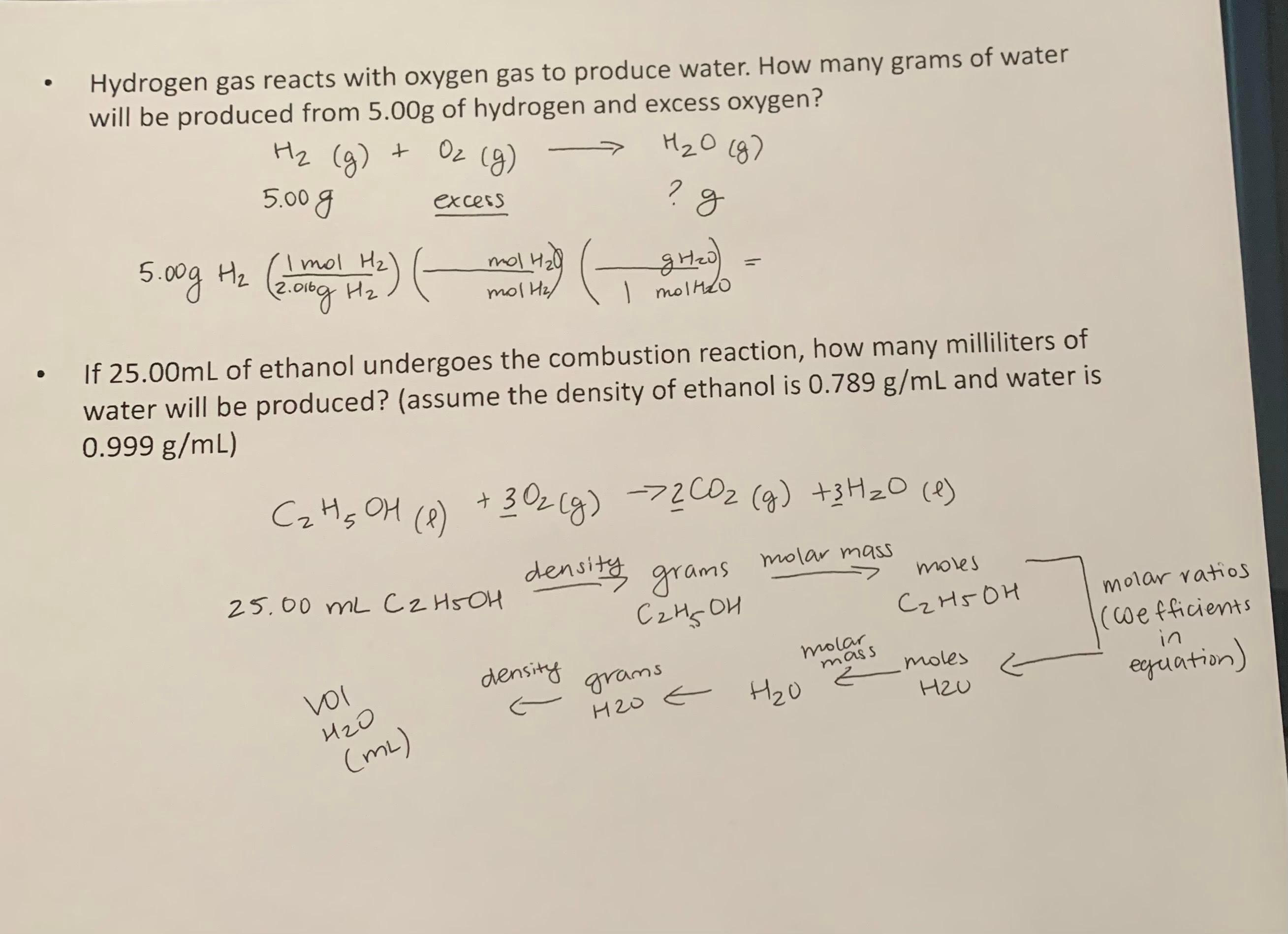Enter number of moles and select a substance to search for. Which is two hydrogen atoms' and one oxygen atom's molar masses combined: Stoichiometry is the determination of proportions of elements or compounds in a chemical reaction. To find the mass of hydrogen gas in the sample, use the molecular weight of hydrogen gas (2.48 g/mol). Web use the ideal gas law formula to find the number of moles of gas:
The calculator will then instantly display the resulting volume of the ideal gas. Use * as a wildcard for partial matches, or enclose the search string in double quotes for an exact match. Converting gas volume to moles. Then convert the moles of hydrogen to the equivalent mass in tons.
Easily calculate the pressure, volume, temperature or quantity in moles of a gas using this combined gas law calculator ( boyle's law calculator, charles's law calculator, avogadro's law calculator and gay lussac's law calculator in one ). What was the initial volume of the hydrogen in dm3? Web use the ideal gas law formula to find the number of moles of gas:
Using the ideal gas law to calculate number of moles. Enter number of moles and select a substance to search for. Easily calculate the pressure, volume, temperature or quantity in moles of a gas using this combined gas law calculator ( boyle's law calculator, charles's law calculator, avogadro's law calculator and gay lussac's law calculator in one ). Number of moles = pv / rt. Web calculate the product of the number of moles and the gas constant.
To find the mass of hydrogen gas in the sample, use the molecular weight of hydrogen gas (2.48 g/mol). Web a sample of hydrogen has an initial temperature of 50.° c. 2.50 + 0.38 + 1.34 = 4.22 moles.
Converting Gas Volume To Moles.
Which is two hydrogen atoms' and one oxygen atom's molar masses combined: Web the ideal gas law allows us to calculate the value of the fourth quantity ( p, v, t, or n) needed to describe a gaseous sample when the others are known and also predict the value of these quantities following a change in conditions if the original conditions (values of p, v, t, and n) are known. Many metals react with acids to produce hydrogen gas. (2 × 1.008 g/mol) + 15.999 g/mol = 18.015 g/mol.
The Calculator Will Then Instantly Display The Resulting Volume Of The Ideal Gas.
Web from the mole ratio in the balanced chemical equation, determine the number of moles of hydrogen required. Once you have the number of moles, find the molar mass by calculating the ratio between the mass of the gas and the number of moles: If you used pascals and cubic meters, the constant is r = 8.3145 j/mol·k. The result is the temperature (in kelvin ):
Web Divide The Mass By The Molar Mass To Find The Number Of Moles In Your Sample.
What was the initial volume of the hydrogen in dm3? 2) use pv = nrt: Use * as a wildcard for partial matches, or enclose the search string in double quotes for an exact match. Input the temperature of the gas.
Number Of Moles = Pv / Rt.
Web using our ideal gas volume calculator is pretty straightforward: Divide the result of step 1 by the result of step 2: Web ideal gas law calculator. Convert mass of nh₃ → moles of nh₃ → moles of no₂.
\[ \begin{align*} v &= \dfrac{nrt}{pr} \\[4pt] &= \dfrac{(0.00150\;mol)\left( 0.08206\; If we know the values of three of these properties, we can use the ideal gas law to solve for the fourth. 1 guard digit) step 3. To find the mass of hydrogen gas in the sample, use the molecular weight of hydrogen gas (2.48 g/mol). Web from the mole ratio in the balanced chemical equation, determine the number of moles of hydrogen required.






